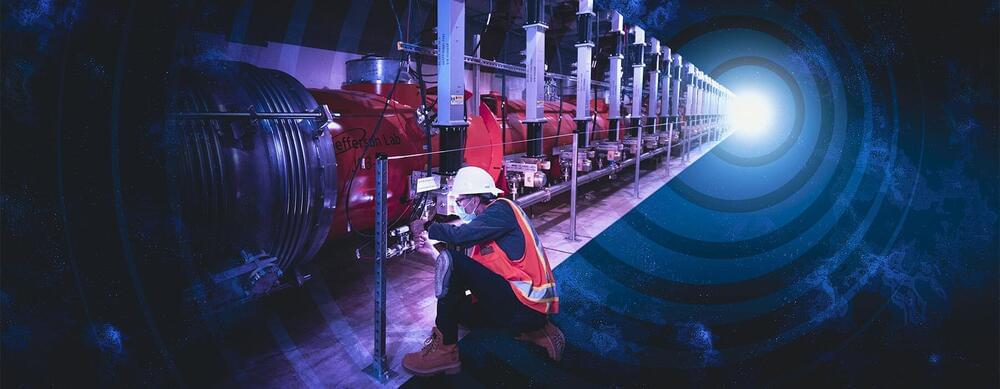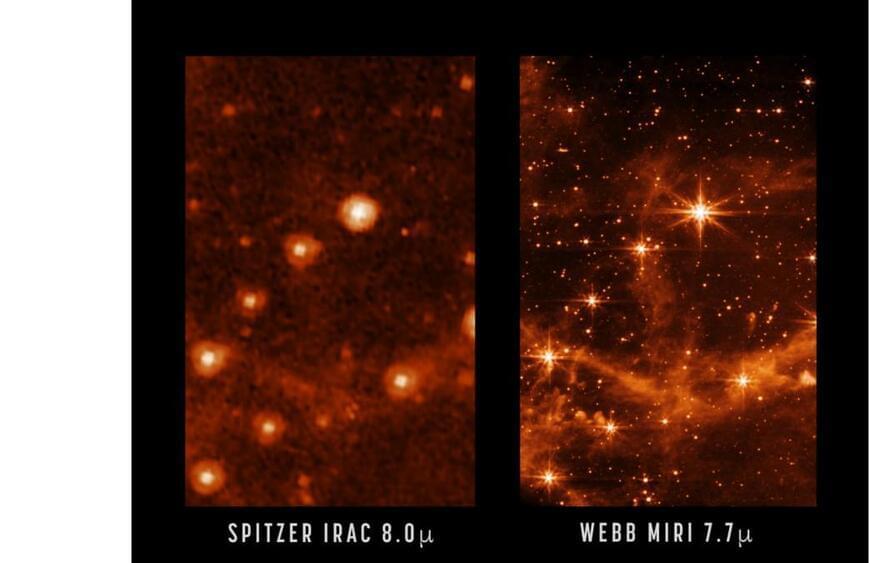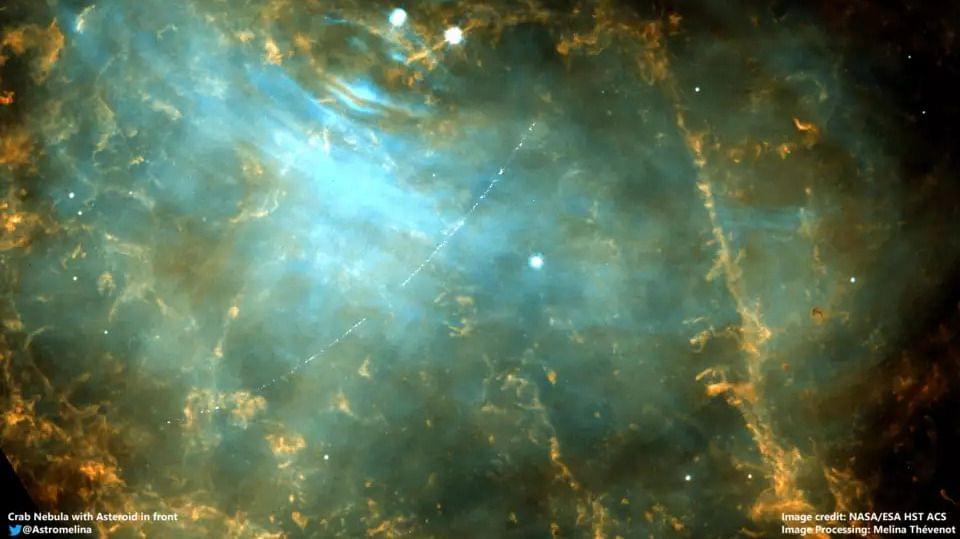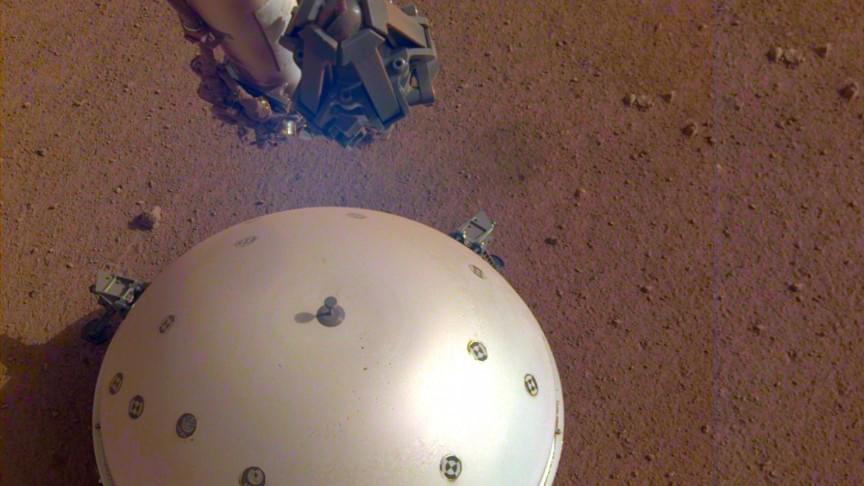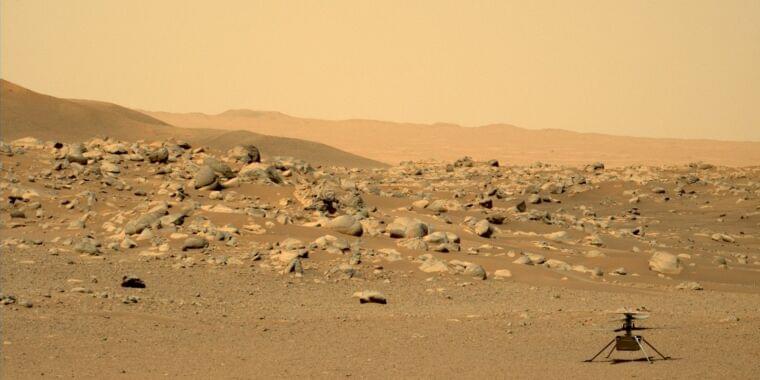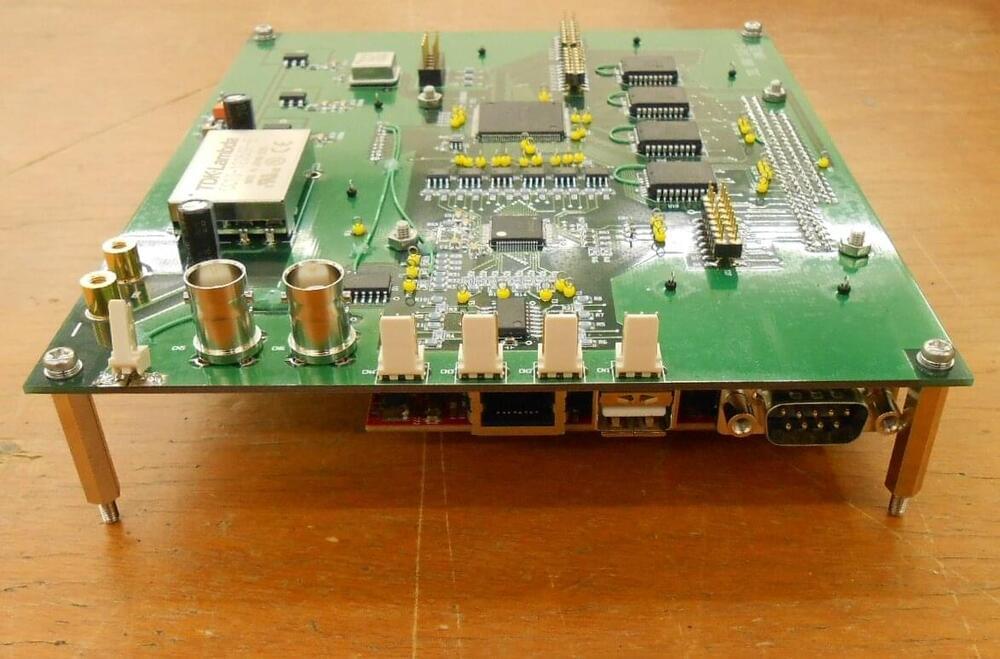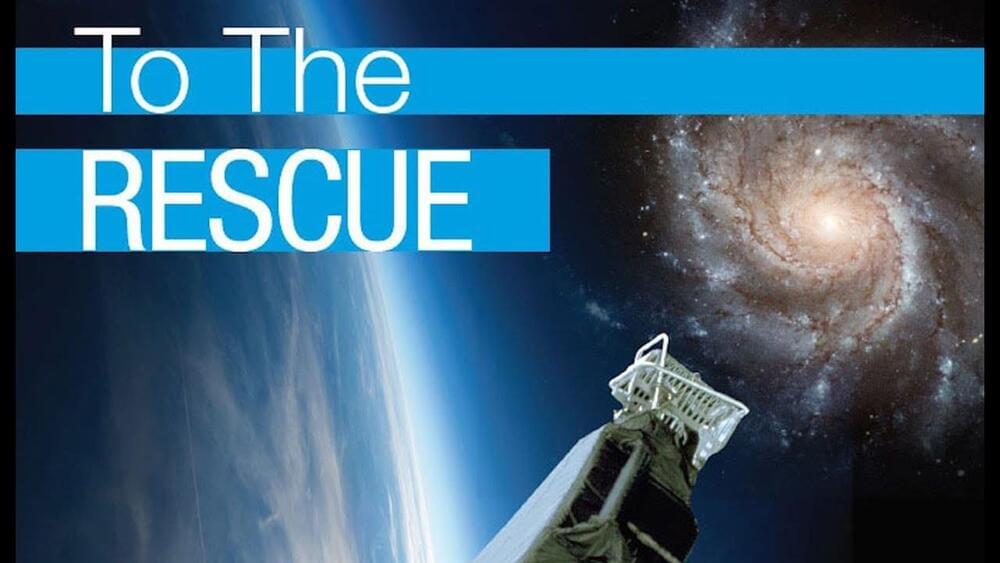May 11, 2022
Superconducting X-ray laser reaches operating temperature colder than outer space
Posted by Saúl Morales Rodriguéz in categories: particle physics, space
Nestled 30 feet underground in Menlo Park, California, a half-mile-long stretch of tunnel is now colder than most of the universe. It houses a new superconducting particle accelerator, part of an upgrade project to the Linac Coherent Light Source (LCLS) X-ray free-electron laser at the Department of Energy’s SLAC National Accelerator Laboratory.
Crews have successfully cooled the accelerator to minus 456 degrees Fahrenheit—or 2 Kelvin—a temperature at which it becomes superconducting and can boost electrons to high energies with nearly zero energy lost in the process. It is one of the last milestones before LCLS-II will produce X-ray pulses that are 10,000 times brighter, on average, than those of LCLS and that arrive up to a million times per second—a world record for today’s most powerful X-ray light sources.
